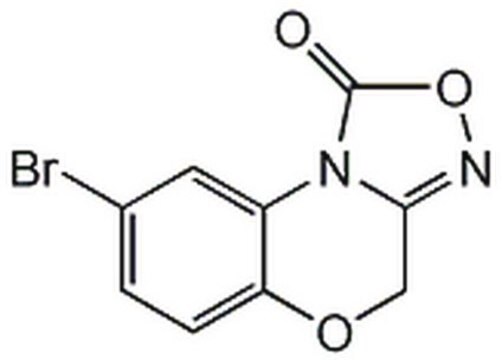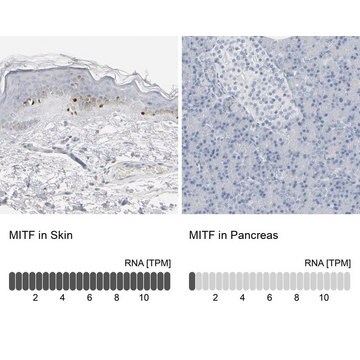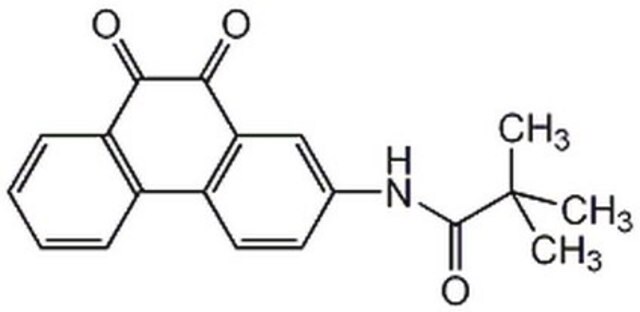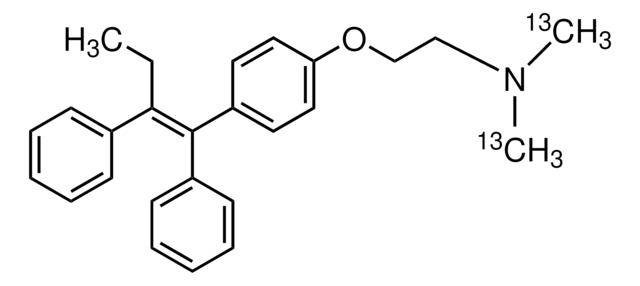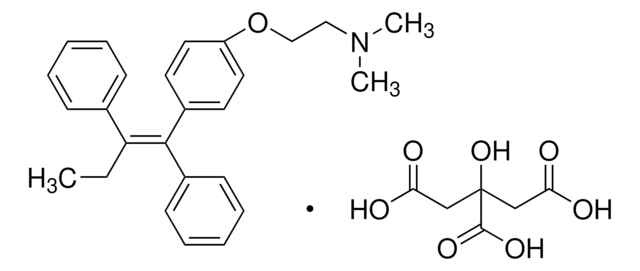SML1666
4-Hydroxytamoxifen
≥98% (HPLC), solution, Tamoxifen metabolite
Sinonimo/i:
4-OHT, cis/trans-4-Hydroxytamoxifen
About This Item
Prodotti consigliati
product name
4-Hydroxytamoxifen Ready Made Solution, 5 mg/mL in ethanol: isopropanol (95:5)
Origine biologica
synthetic
Livello qualitativo
Forma fisica
solution
Concentrazione
5 mg/mL in ethanol: isopropanol (95:5)
Condizioni di spedizione
dry ice
Temperatura di conservazione
−20°C
InChI
1S/C26H29NO2/c1-4-25(20-8-6-5-7-9-20)26(21-10-14-23(28)15-11-21)22-12-16-24(17-13-22)29-19-18-27(2)3/h5-17,28H,4,18-19H2,1-3H3/b26-25-
TXUZVZSFRXZGTL-QPLCGJKRSA-N
Azioni biochim/fisiol
Nota sulla preparazione
Avvertenze
Danger
Indicazioni di pericolo
Consigli di prudenza
Classi di pericolo
Aquatic Chronic 3 - Carc. 1B - Eye Irrit. 2 - Flam. Liq. 2 - Repr. 1B
Codice della classe di stoccaggio
3 - Flammable liquids
Classe di pericolosità dell'acqua (WGK)
WGK 3
Punto d’infiammabilità (°F)
55.4 °F
Punto d’infiammabilità (°C)
13 °C
Certificati d'analisi (COA)
Cerca il Certificati d'analisi (COA) digitando il numero di lotto/batch corrispondente. I numeri di lotto o di batch sono stampati sull'etichetta dei prodotti dopo la parola ‘Lotto’ o ‘Batch’.
Possiedi già questo prodotto?
I documenti relativi ai prodotti acquistati recentemente sono disponibili nell’Archivio dei documenti.
I clienti hanno visto anche
Il team dei nostri ricercatori vanta grande esperienza in tutte le aree della ricerca quali Life Science, scienza dei materiali, sintesi chimica, cromatografia, discipline analitiche, ecc..
Contatta l'Assistenza Tecnica.



